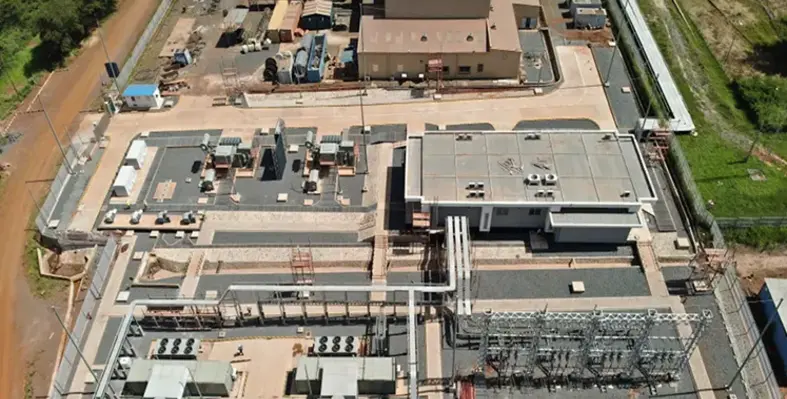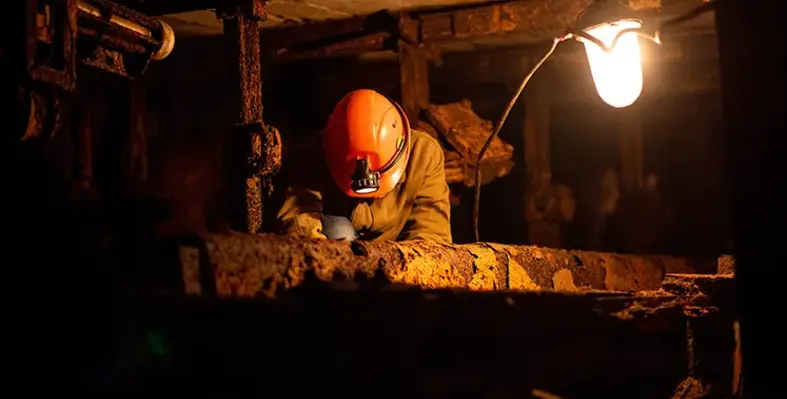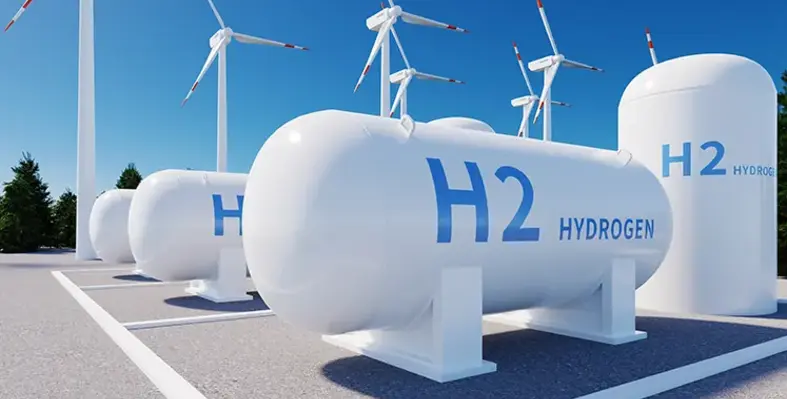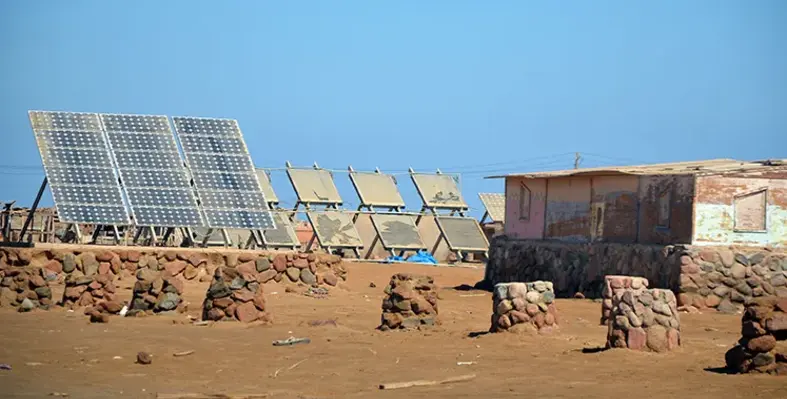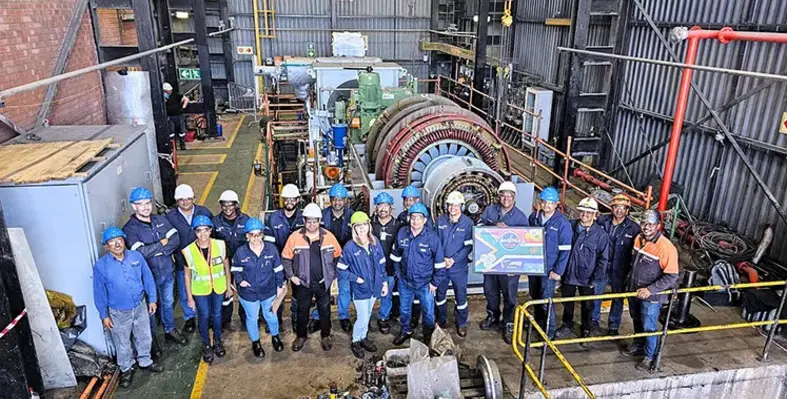
Mondi’s Merebank mill boosts self-sufficiency with new turbine and flood-proofing projects, driving MAP2030 sustainability goals. (Image source: Mondi Merebank)
Mondi, a global packaging and paper leader, has reached a key sustainability milestone at its Merebank mill in Durban, South Africa, through the installation of a new turbine at the site’s power plant
With this development, the mill can now generate 60% of its own electricity, reducing reliance on grid power and enhancing efficiency.
The upgrade features a condensing steam turbine, new cooling towers, piping, and control systems, designed to harness excess steam from the mill’s boiler.
Highlighting the project’s significance, Donovan Naidoo, operations director at Mondi Merebank, said, “By generating power on site, we reduce our dependency on external electricity supply, reduce costs and take a step towards energy independence, climate resilience and long-term operational stability. Once the cooling tower upgrade is completed, the new turbine will produce more electricity than the mill consumes – a significant milestone in our journey towards self-sufficiency.”
Beyond greater energy independence, the turbine also supports a lower carbon footprint for the mill.
In parallel, the mill has finished two flood-resilience projects aimed at reducing risks from natural disasters. These include the installation of flood gates and inflatable flood barriers, enabling the rapid creation of water-catchment dams. These initiatives safeguard operations and surrounding communities during extreme weather, ensuring continuity.
Both the turbine generator and flood-defence projects align with the Mondi Action Plan 2030 (MAP2030) sustainability commitments.




